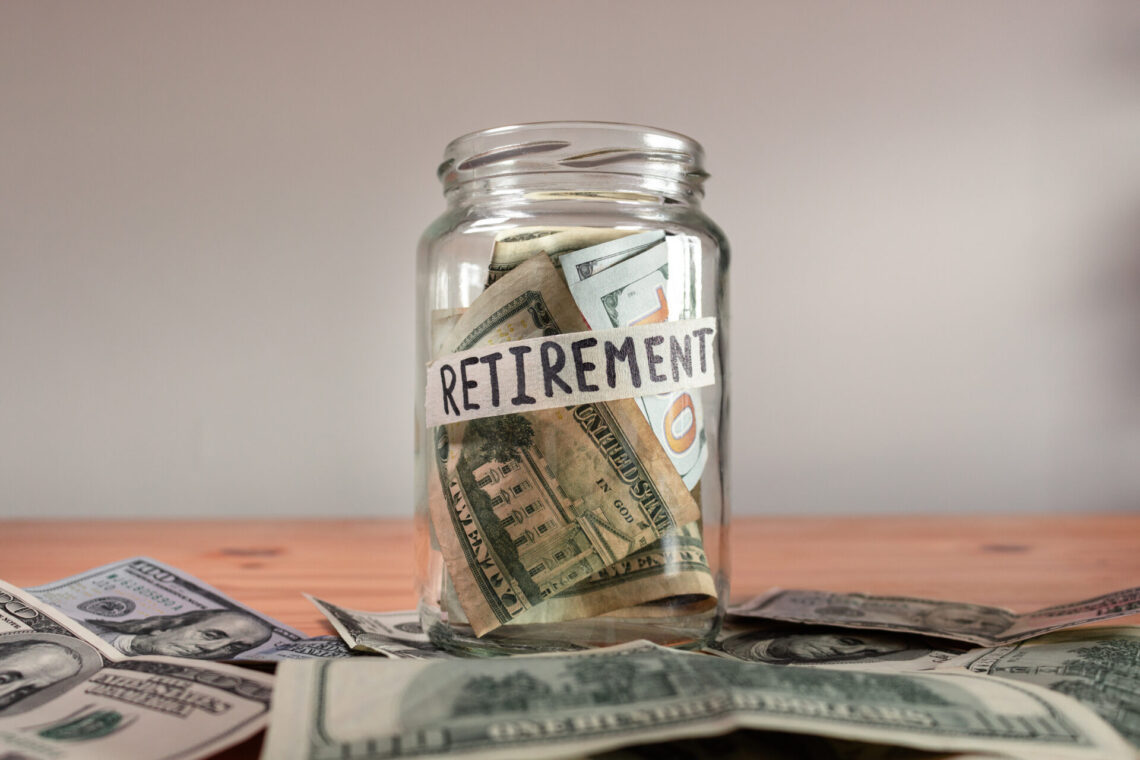The challenges brought about by climate change are so significant that they only make the limits of one’s capacity more obvious.
You might think, how can one single person even make an impact? Well, for one, you can consider directing your financial resources toward investments and products that are helping to fight climate change instead of speeding it up.
In this post, the best financial advisors on the Gold Coast are going to discuss what sustainable investing is all about and what you can do to get started with it:
What Is Sustainable Investing?
Sustainable investing is said to have begun in the 1960s when consumers started to become more conscious of their choices and tried to stay away from businesses with unethical involvements based on their portfolios.
A sustainable investment’s focus is not only on potential financial returns but on the positive impact on society and the environment.
Assets in sustainable investments have increased about 25-fold since 1995. It is also predicted that the asset class will shoot up to $53 trillion in the next few years. And while sustainable investing has faced doubts regarding its financial performance, it has been shown that sustainable funds provide returns that are comparable to traditional funds while minimizing downside risk.
How to Get Started With Sustainable Investing
Consider Negative and Positive Screening
If you are thinking about aligning your investments with the values you uphold, you can do a negative screening approach that will exclude certain investment sectors. Historically speaking, this approach has been used successfully to exclude what is known as “sin stocks” that are associated with things like alcohol, tobacco, and more.
Negative screening is the easiest and perhaps the most cost-effective option you have. However, know that this binary approach of simply labeling companies as either “good” or “bad” possibly leaves out some important contexts.
If your goal, however, is to incorporate sustainable risks and opportunities into your own analysis, positive screening might be more suitable. This approach includes ESG factors in the valuations instead of excluding specific industries or sectors. It simply chooses those with more progressive ESG policies or activities.
Be as Proactive as You Can Be
Some want their investments to be able to directly address certain problems or to be dedicated to a certain goal like fighting hunger. It is these types of investors who are behind impact investing’s incredible growth.
Impact investing is the most proactive strategy among various sustainable investing approaches. Investors’ goal is to create positive change while still being able to make a profit. Returns in this type of investment range from above-market rate to below-market-rate, depending on one’s goals.
Impact investing is typically local and it usually involves family or foundation investments in projects that are able to deliver quantifiable local impacts. However, this approach is now broadening as interest in sustainable investing consistently grows.
Work on Balancing Active and Passive Investing
A lot of investors choose a combination of positive and negative screening and impact investment to meet their goals. This is certainly something you can explore. Try doing these three approaches all at once in varying degrees. It all depends on what you want to achieve, how you structure your portfolio, and the impact you want to make.
Know that combining these approaches requires active and passive management. It means you need frequent buying and selling. This translates to higher management fees, though, because of the increased trading activity. Passive investing, on the other hand, will see less trading activity.
When it comes to sustainable investing, both active and passive management strategies could work well. Positive ESG screening and impact investing work well with active management strategies as they enable managers to engage regularly with their investments and choose companies with better ESG ratings.
Negative screening is a good choice for passive strategies as this can correspond with set ESG indexes in various asset classes and they offer low-cost options.
Conclusion
If you intend to really go for sustainable investing, it’s a good idea to do your own research. You can start with the yearly lists of “best ESG stocks and index funds”. You should also seek the help and guidance of one of the best financial advisors in your area.
New Wave Financial Planning offers the best financial advice on the Gold Coast. So if you want to know more about sustainable investing or other types of investments, our seasoned specialists can help you. Get in touch with us today!



